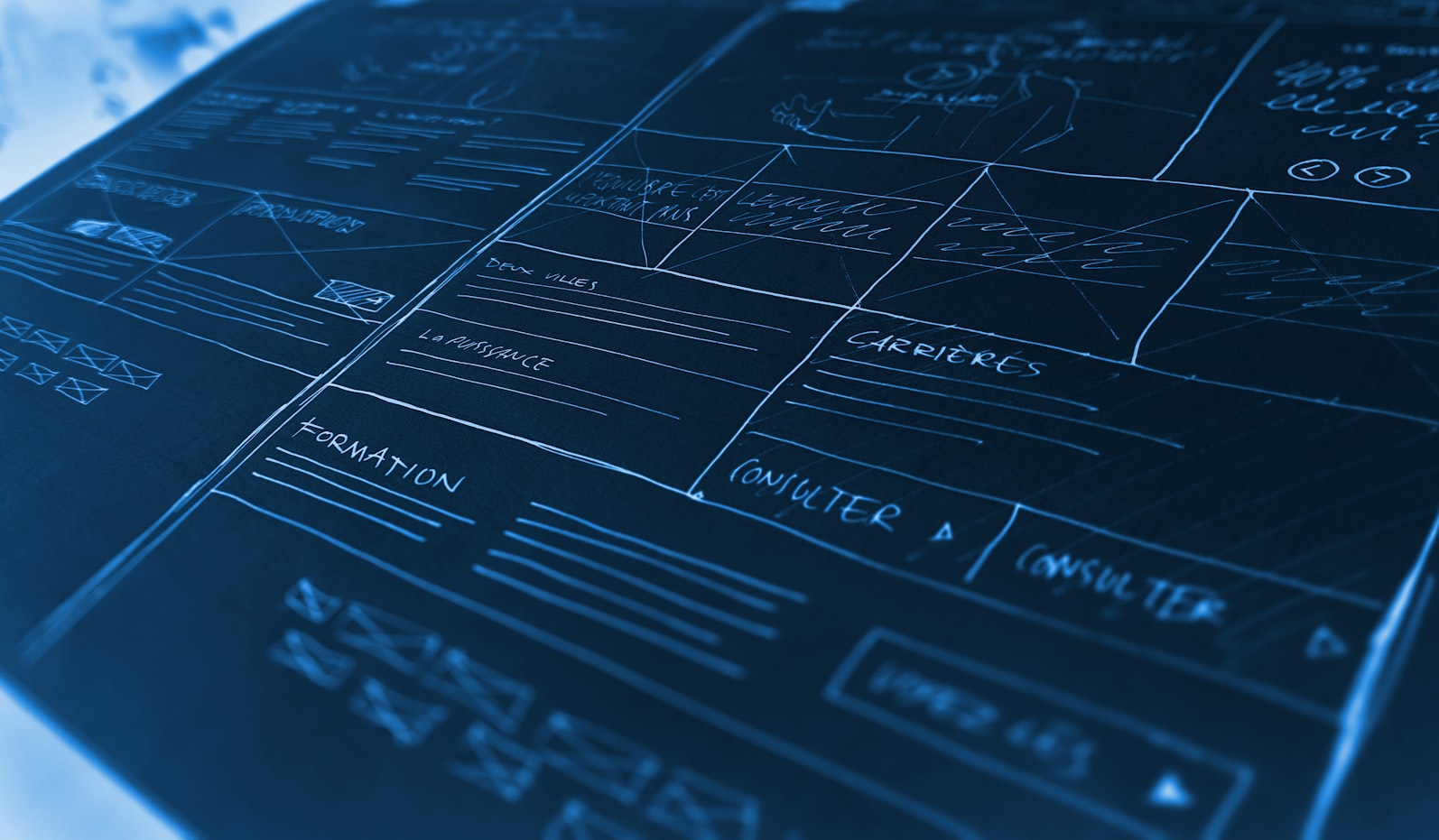Web 2.0 vs. Web 3.0: What You Need to Know?
Web 2.0 and Web 3.0 are both evolutions of the original Web 1.0, which was mainly composed of static web pages with limited interactivity. Web 2.0 introduced social media, user-generated content, and dynamic web applications that enabled users to read and write data on the web. Web 3.0 is the next phase of the web, which will be decentralized, open, and more valuable. Web 3.0 will use technologies such as blockchain, artificial intelligence, and semantic web to facilitate information exchange among web users while enhancing security and privacy. Web 3.0 will also enable users to own and control their own data, rather than relying on centralized platforms and intermediaries.Web 2.0:
User-generated content: Web 2.0 websites allow users to create and share their own content, such as blog posts, videos, and social media updates.
Social networking: Web 2.0 platforms like Facebook, Twitter, and LinkedIn have revolutionized the way people connect and communicate online, allowing users to build networks of friends and colleagues and share information and ideas.
Dynamic and interactive interfaces: Web 2.0 websites use technologies like AJAX and JavaScript to create more dynamic, responsive, and interactive user interfaces.
Personalization: Web 2.0 platforms use algorithms to personalize content recommendations based on user's interests, behavior, and preferences.
Web 3.0:
Web 3.0, also known as the Semantic Web, is the next evolution of the World Wide Web. It is still in the early stages of development but promises to be a more intelligent, decentralized, and interoperable web. Some of the key features of Web 3.0 include:Decentralization: Web 3.0 is based on decentralized technologies like blockchain, which enable peer-to-peer interactions without the need for intermediaries.
Interoperability: Web 3.0 aims to create a more interconnected web, where data and services can be easily accessed and shared across different platforms and domains.
Artificial intelligence: Web 3.0 platforms will use AI and machine learning to analyze data and provide more personalized and relevant content and services.
Privacy and security: Web 3.0 puts a greater emphasis on privacy and security, giving users more control over their data and ensuring that their personal information is protected.
Some Examples:- Breave, Internet Identity, Dmail, Nuance, and Distrikt.

.png)

Comments
Post a Comment